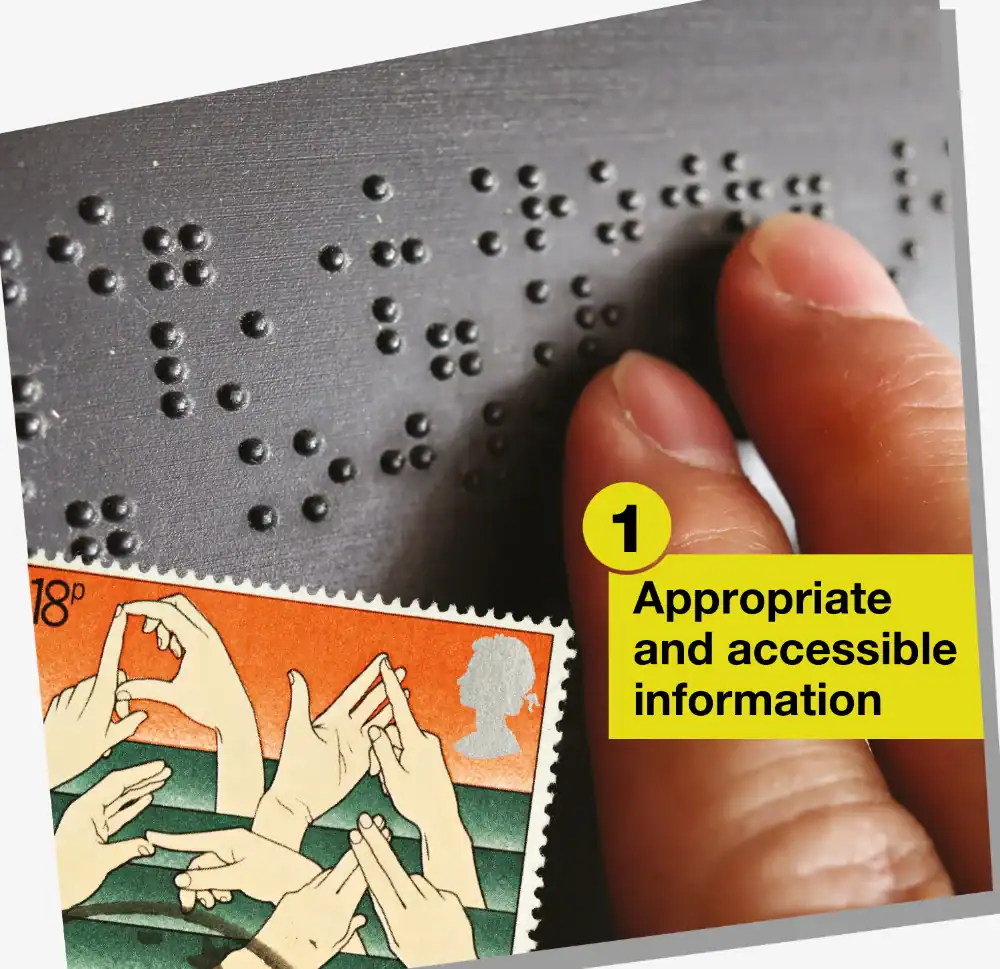
Appropriate and accessible information
Independent Living means having choice and control over your own life, with the right support to take part fully in the community. Disabled people developed the 12 Pillars of Independent Living to describe what makes this possible. At AoD, these pillars guide our services, campaigns, and long-term strategy for a fairer society.


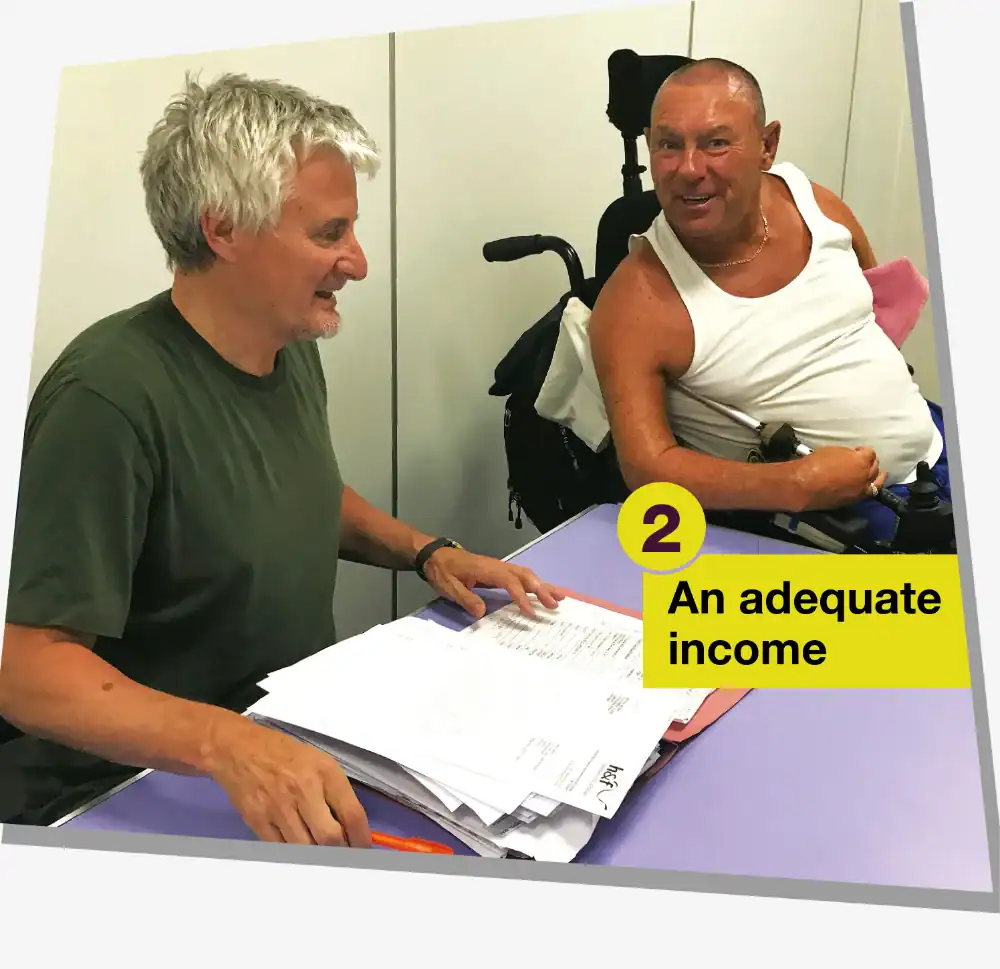
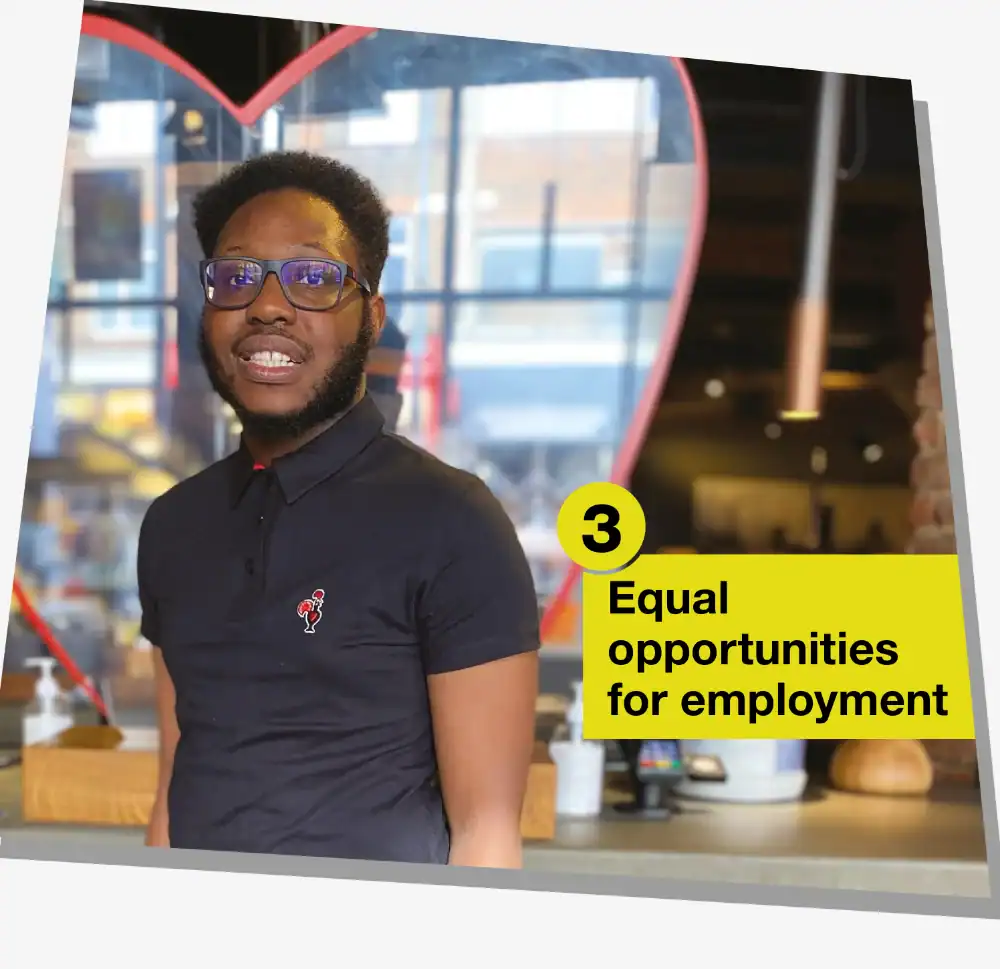

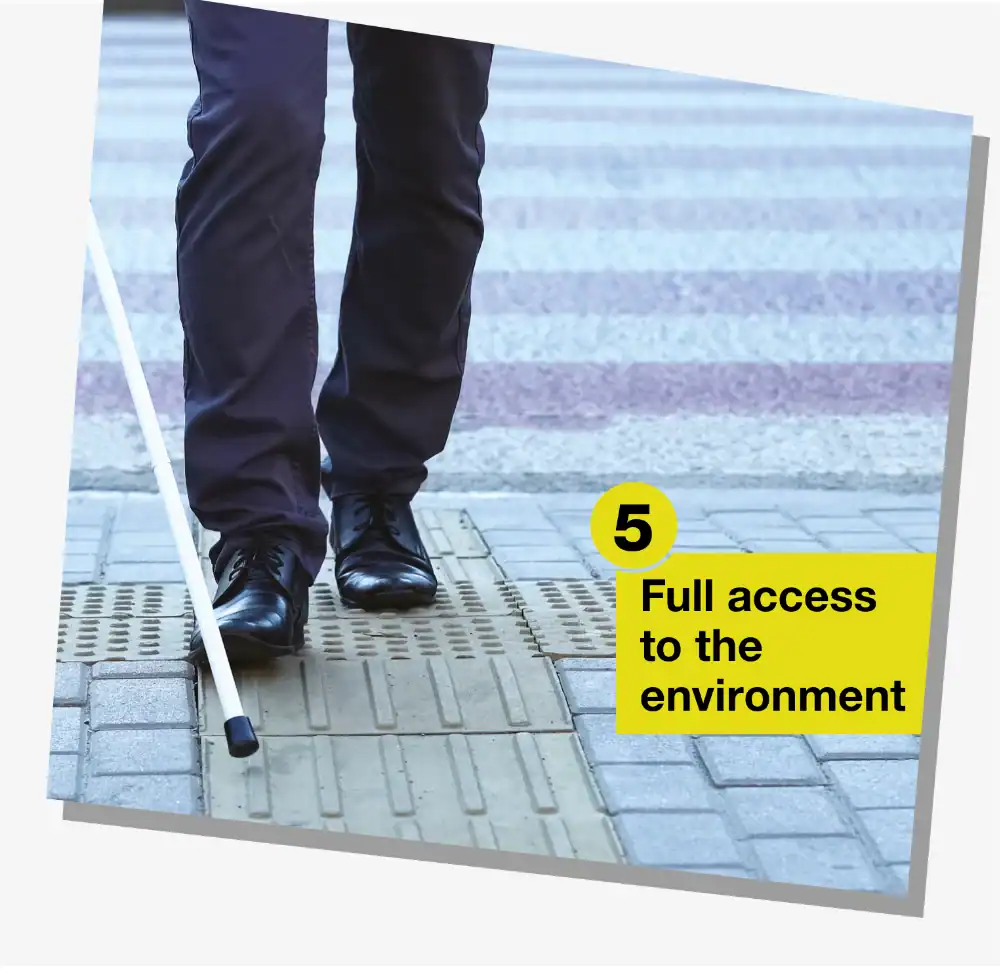
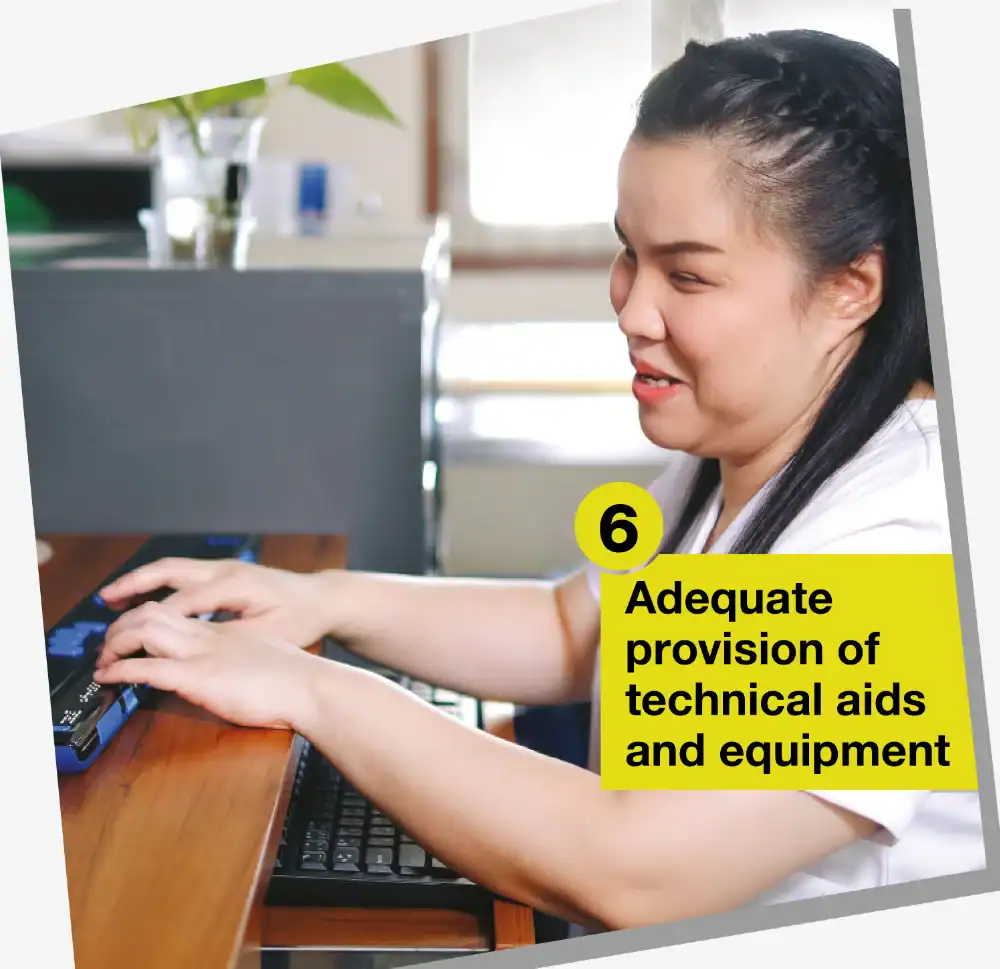
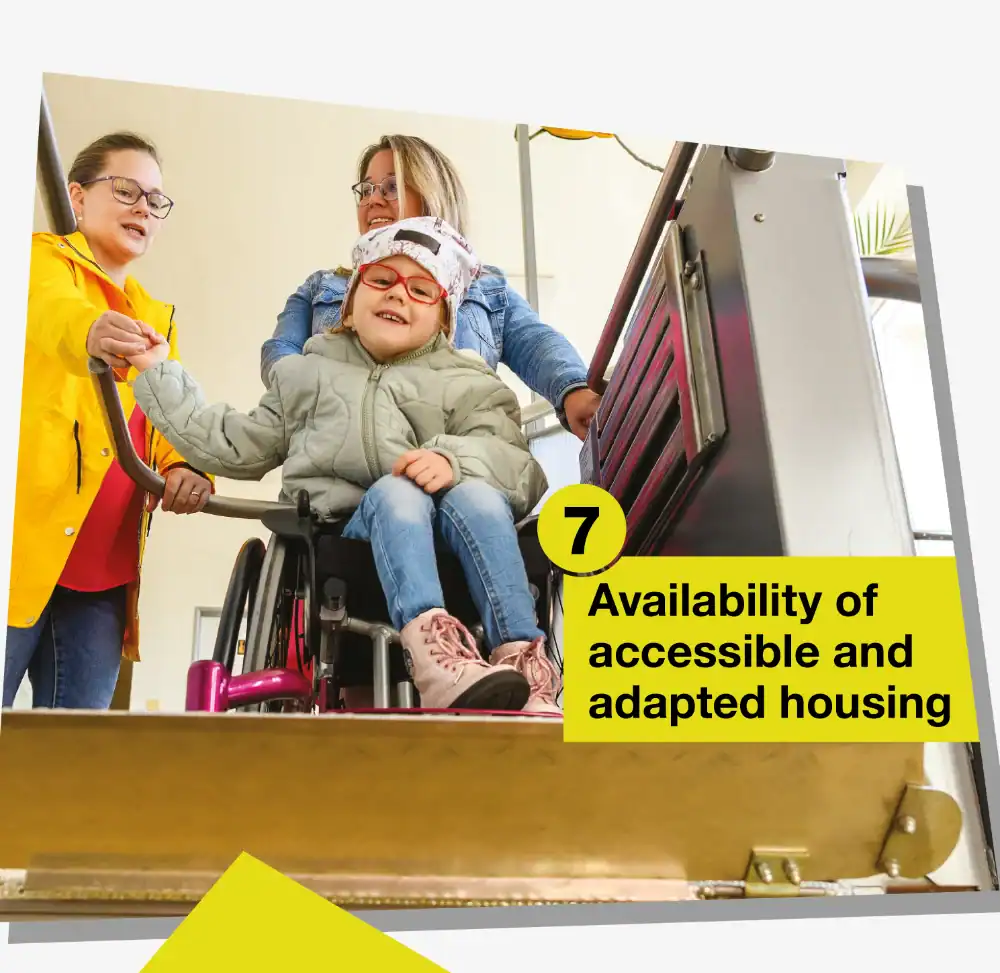
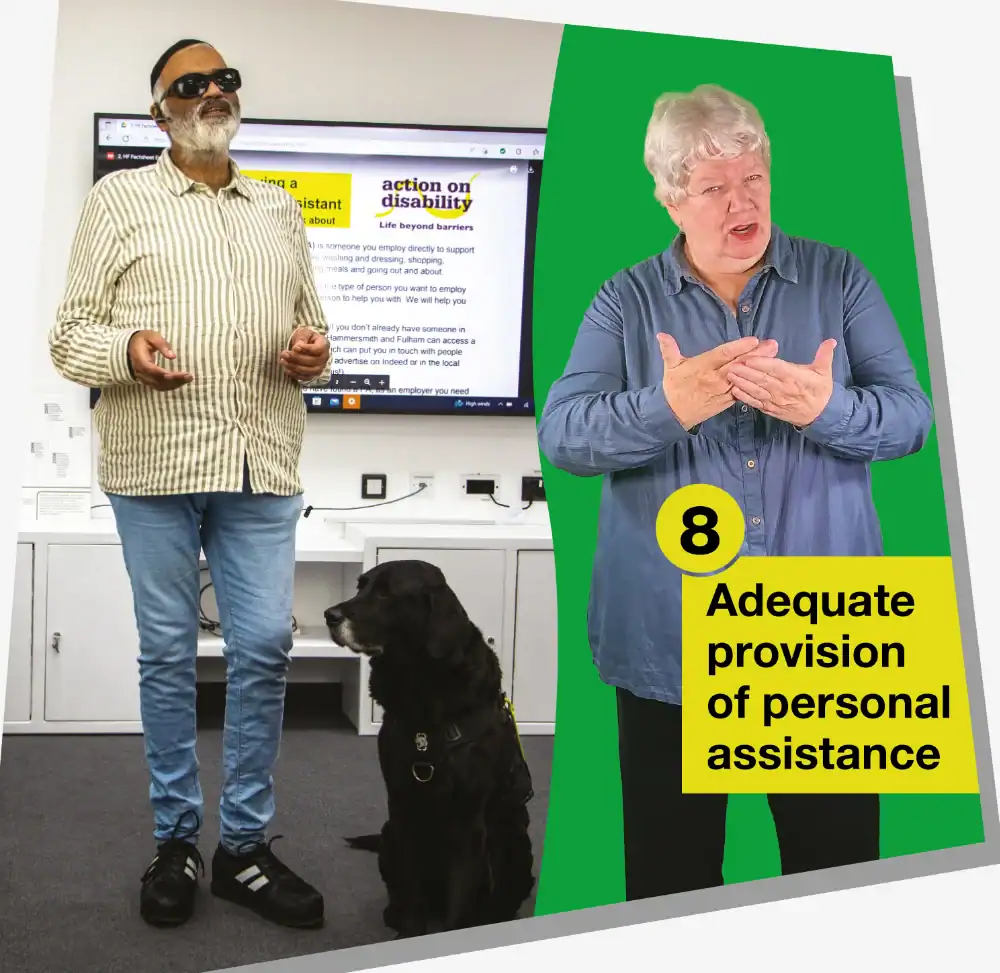
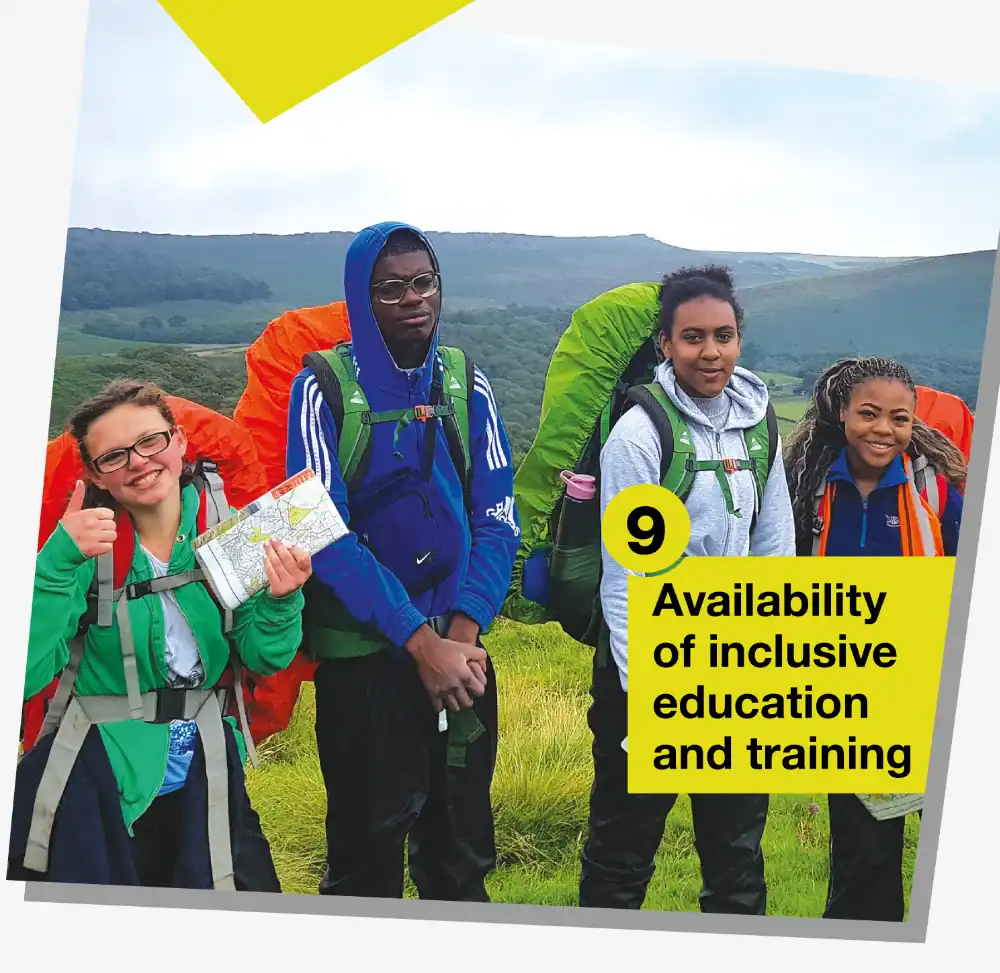
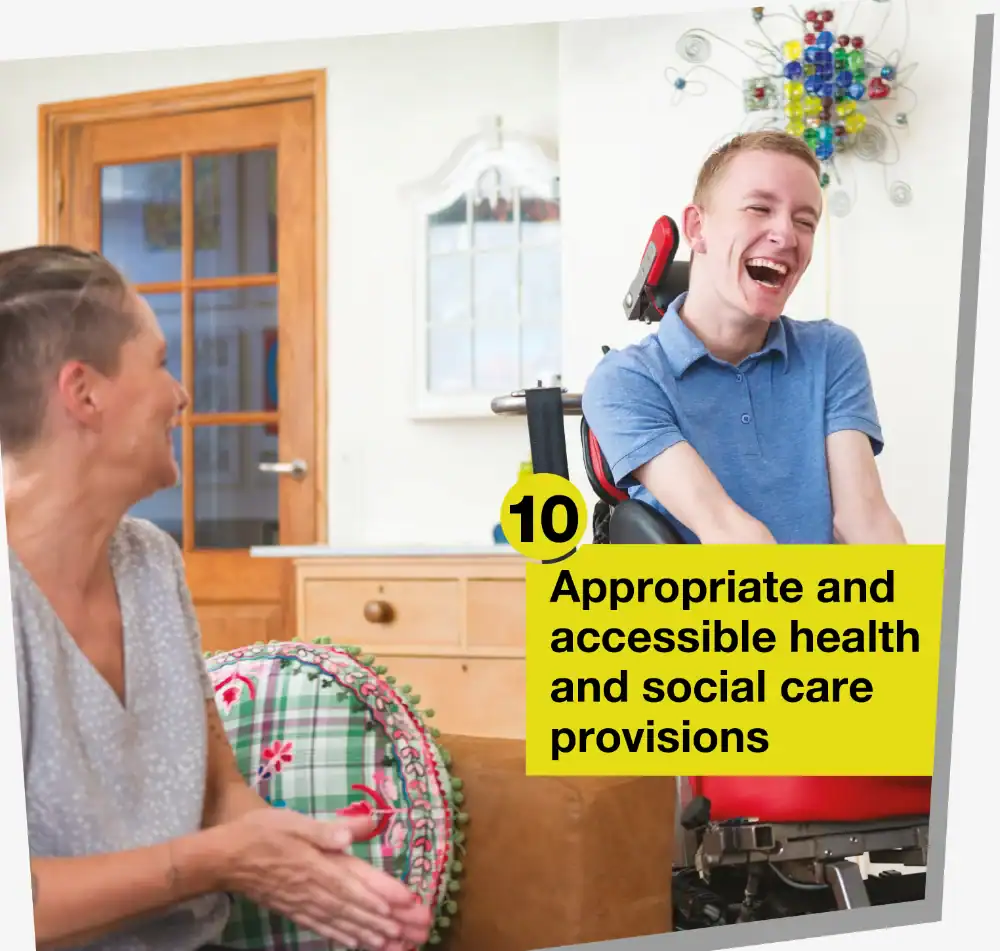
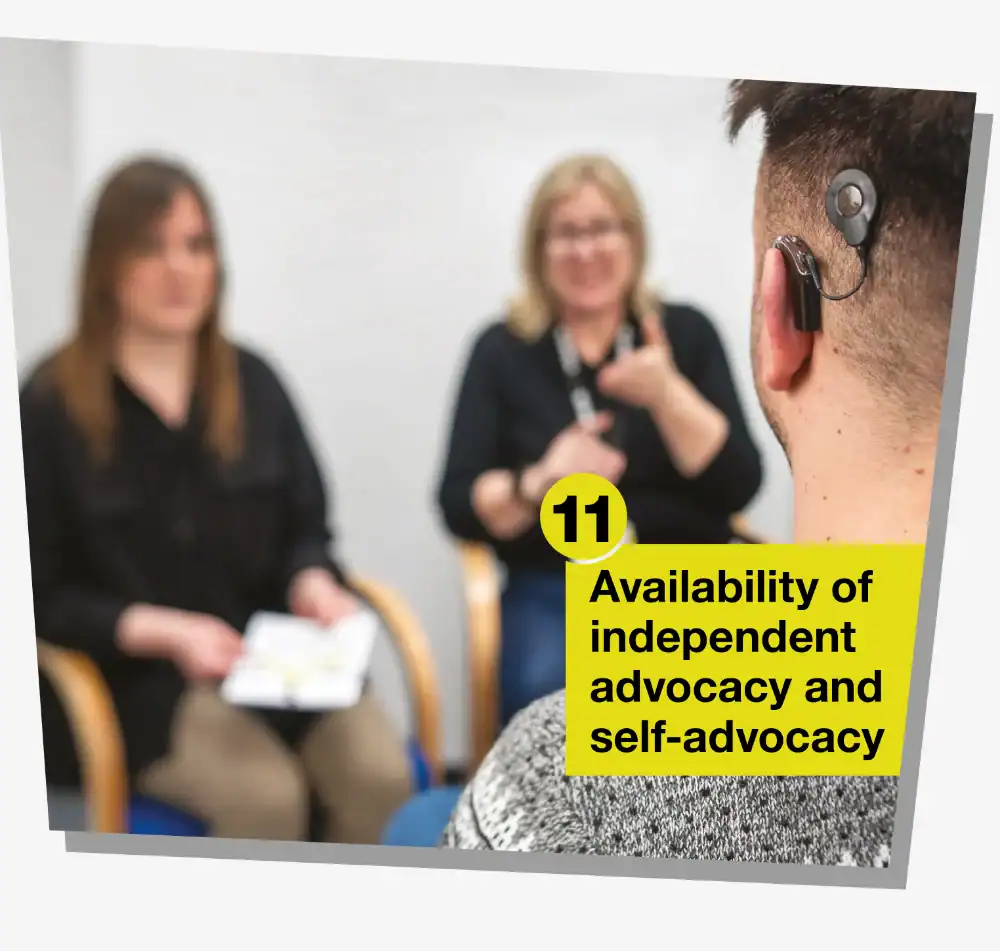
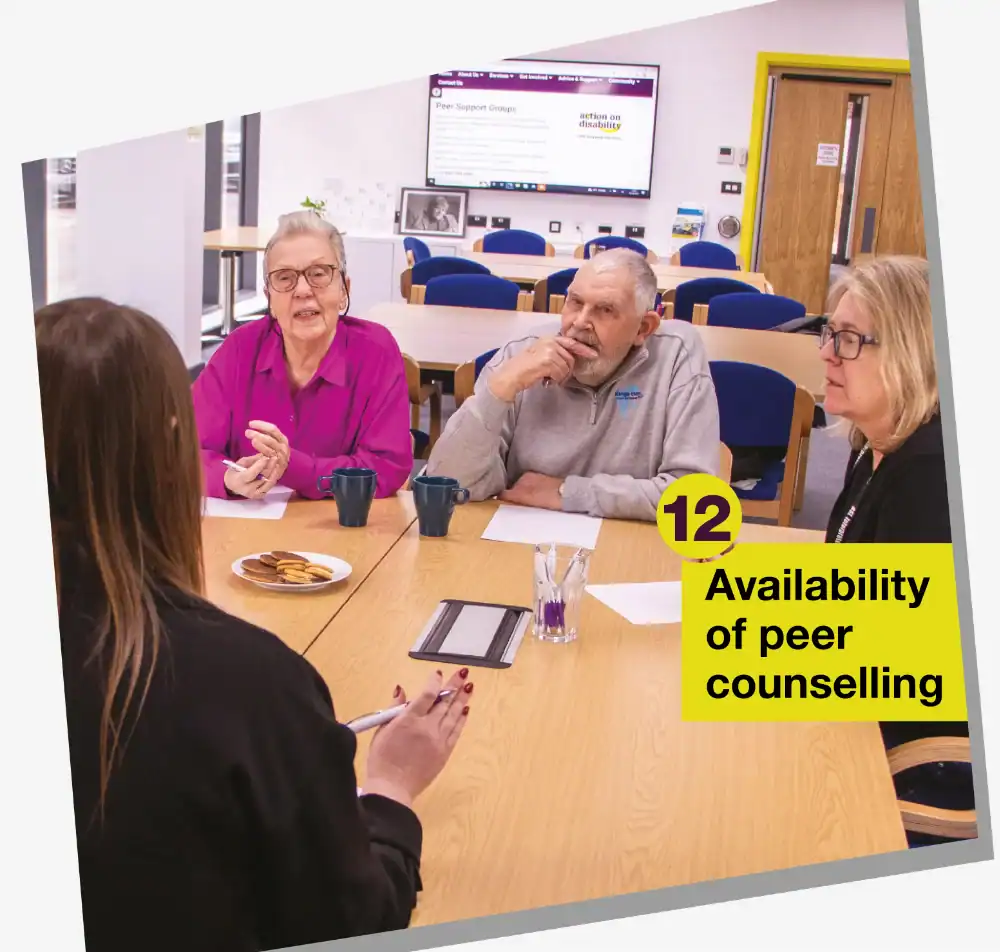
These pillars recognise that independence is not about doing everything alone, but about having the freedom, support, and access to make your own choices — at home, in education, at work, and in the community.
As part of our long-term strategy, AoD will continue to strive towards delivering the full 12 Pillars of Independent Living, so every Disabled person has genuine choice and control over their lives.
Together with the Social Model of Disability and the UNCRPD, the 12 Pillars of Independent Living shape Action on Disability’s commitment to equality, independence, and inclusion.